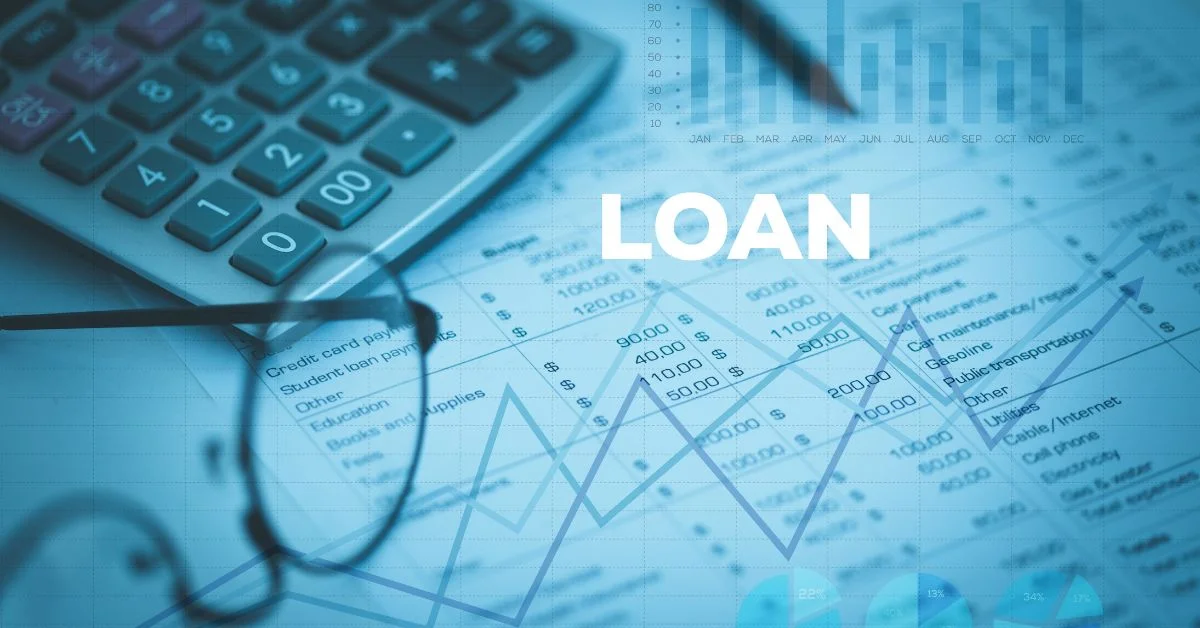In the world of borrowing, most people are aware that loans can come with interest rates and terms that can affect their financial future. However, there’s a darker side to lending that many may not be familiar with—predatory loans. These types of loans are often designed to take advantage of vulnerable borrowers by imposing unfair, deceptive, or abusive terms. Borrowers who enter into these agreements may find themselves trapped in a cycle of debt that can be difficult, if not impossible, to escape.
Predatory loans can come in many forms, from payday loans to subprime mortgages. The common thread among them is that they are structured to benefit the lender at the borrower’s expense. Often, these loans carry high fees, sky-high interest rates, or terms that strip the borrower of valuable assets or equity. For those who are struggling financially, these loans can seem like the only option available, which is why it’s so important to understand how to recognize and avoid them.
If you find yourself dealing with a predatory loan or struggling with high-interest debt, a debt relief program might help you manage or eliminate these financial burdens. But before we dive into potential solutions, let’s take a closer look at how predatory loans work and why they’re so harmful.
What Are Predatory Loans?
Predatory loans are typically designed to exploit the borrower. They often come with terms that are misleading or deceptive, making it difficult for the borrower to fully understand the costs of the loan. The lender, who is often aware of the borrower’s financial struggles or limited credit options, will push for terms that benefit themselves rather than the borrower.
These loans can take many forms, but the defining characteristic is that they create long-term financial damage for the borrower. Instead of helping borrowers get back on their feet, predatory loans often put them in a worse financial position.
How Predatory Loans Benefit the Lender
Predatory lenders profit by charging excessive fees and interest rates, often knowing that the borrower will struggle to repay the loan. One of the most common tactics used by predatory lenders is to target individuals with low credit scores or financial instability, knowing they have limited options. Here’s how they profit:
1. High Interest Rates and Fees
Many predatory loans come with exorbitant interest rates, far higher than what is typically found in conventional loans. These high rates make it difficult for borrowers to keep up with payments, leading to more fees and charges that add to the overall debt. In some cases, the interest can be so high that borrowers end up paying far more than they initially borrowed.
For example, payday loans are notorious for having interest rates that can reach up to 400% or more annually. This means that for every $100 you borrow, you could be required to repay hundreds of dollars in interest alone.
2. Risking Valuable Assets or Equity
Another way predatory lenders make money is by encouraging borrowers to secure loans with valuable assets, like their home or car. Known as asset-based lending, these loans place the borrower’s property at risk. If the borrower fails to make payments, the lender can seize the asset.
This is particularly harmful for homeowners who are already struggling financially. Some predatory lenders offer high-cost home equity loans or mortgage refinancing with terms that are not in the borrower’s best interest, often leading to foreclosure when the borrower can’t repay the loan.
3. Targeting Vulnerable Borrowers
Predatory lenders frequently target people with poor credit or those who are in urgent need of cash. Borrowers in difficult financial situations may feel they have no choice but to accept the terms, even if they’re abusive. Predatory lenders know this, and they use this vulnerability to lock borrowers into loans with terms that are nearly impossible to meet.
Why Predatory Loans Are Harmful to Borrowers
The consequences of entering into a predatory loan can be severe and long-lasting. Let’s look at some of the major risks:
1. A Cycle of Debt
One of the most insidious features of predatory lending is its ability to trap borrowers in a cycle of debt. When borrowers can’t afford to pay the high interest and fees, they may be forced to take out another loan to cover the previous one, creating a vicious cycle of borrowing and repayment. This is especially common with payday loans, which are typically due in full within a very short period of time (often two weeks).
2. Loss of Equity or Property
For borrowers who have used their property (like a house or car) as collateral, the risk of losing that property is very real. If the borrower fails to repay the loan, the lender can seize the property and sell it to recover their money. This not only results in the borrower losing an important asset, but it can also lead to foreclosure or repossession, which can have long-term consequences on their credit score and ability to secure future loans.
3. Damaged Credit
Predatory loans often lead to late fees, penalties, and damage to the borrower’s credit score. When borrowers are unable to meet the terms of their loans, the missed payments are reported to credit bureaus, which can cause the borrower’s credit score to plummet. A low credit score makes it more difficult for the borrower to qualify for affordable loans in the future, creating even more financial hardship.
How to Spot a Predatory Loan
The first step in avoiding predatory loans is recognizing the signs. Here are some red flags to watch out for:
1. High Interest Rates
If the loan comes with an interest rate that’s much higher than what you’d find with a typical personal loan or credit card, it’s likely a predatory loan. Payday loans and certain types of subprime mortgages are common offenders when it comes to high-interest lending.
2. Unclear or Hidden Terms
If the loan terms are difficult to understand, or if the lender is evasive when explaining the fees, interest rates, or repayment schedule, this is a major warning sign. A legitimate lender should be clear and transparent about all aspects of the loan.
3. Pressure to Act Quickly
Predatory lenders often push borrowers to take out loans quickly, without giving them time to fully consider the terms or seek out other options. If a lender is pressuring you to sign a contract without giving you time to review the terms, this is a red flag.
What to Do If You Have a Predatory Loan
If you find yourself in a predatory loan agreement, there are steps you can take to address the situation:
1. Seek Help from a Debt Relief Program
A debt relief program can help you negotiate with creditors, lower your interest rates, and develop a repayment plan that works for your budget. Debt relief services can be especially helpful if you’re dealing with high-interest loans that seem impossible to repay.
2. Talk to a Financial Advisor
A financial advisor can help you understand your options for managing and paying off your debt. They can help you create a plan to avoid future financial pitfalls and provide guidance on how to rebuild your credit.
3. Explore Refinancing or Consolidation
If you’re in a loan with high interest rates or unfair terms, consider refinancing or consolidating your debt. This could help you secure a lower interest rate and reduce your monthly payments, making it easier to manage your debt.
Final Thoughts: Be Careful with Predatory Lending
Predatory loans may seem like a quick solution to financial problems, but they often come with long-term consequences. They can trap you in a cycle of debt, cause you to lose valuable assets, and damage your credit. By recognizing the signs of predatory lending and taking action early, you can protect yourself from these harmful financial products. If you find yourself struggling with a predatory loan, don’t hesitate to seek help through a debt relief program or consult with a financial advisor. Your financial well-being is too important to ignore.
For more information, click here.









